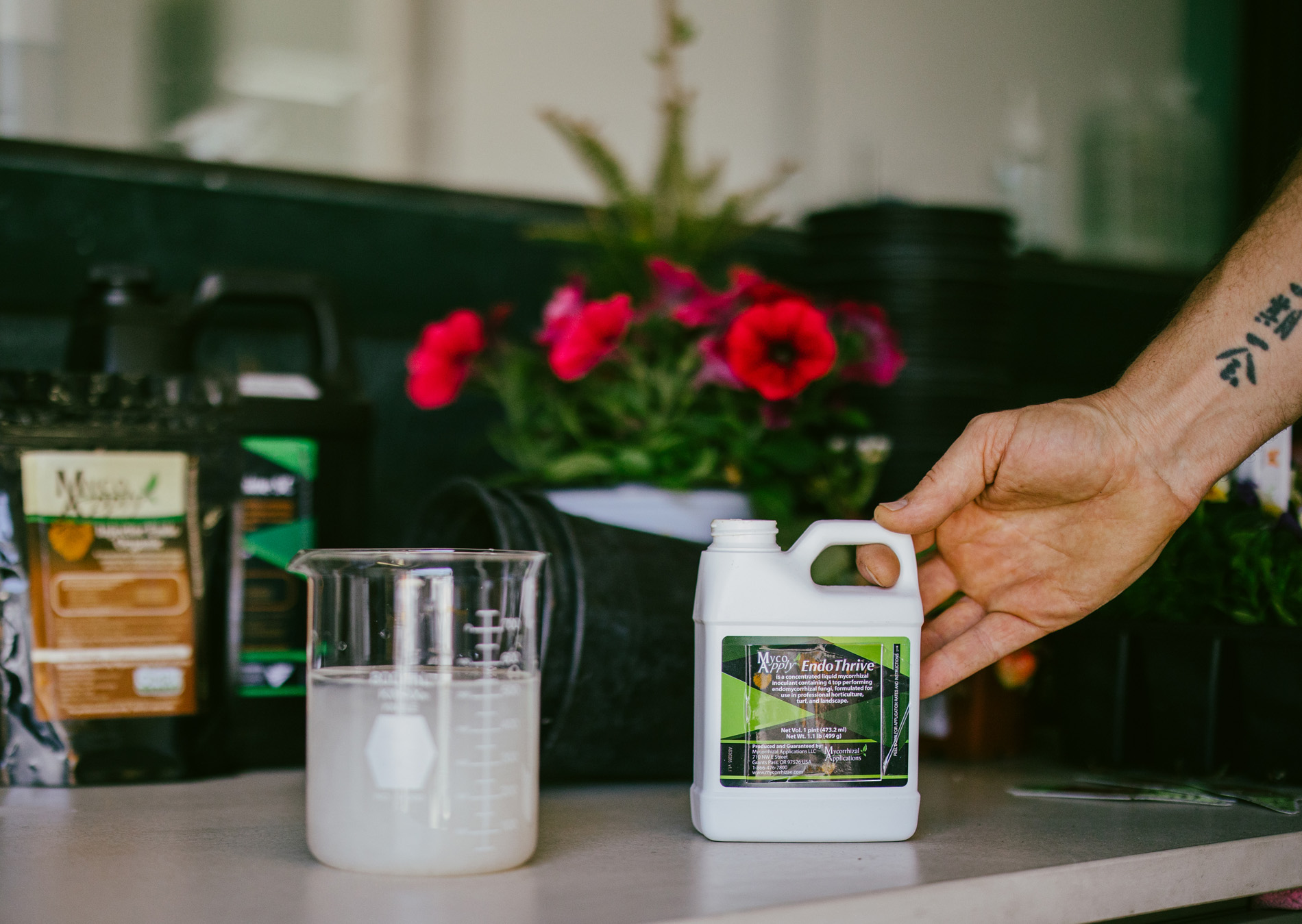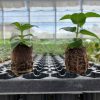House plant sales have flourished under the pandemic. The reasons are varied: New home offices, spending more time at home and finally decorating, more people living in apartments and condominiums, Millennials’ first dip in the water with plants, or just adding some life to the space you live in are often mentioned as some of the reasons for the increased interest. This article is not about the background and reasons for the expanding market, but rather how as horticulturists we can ensure individuals have a positive experience with house plants and continue to have them as a part of their lives in the future.
Typically, we think of transplant shock in reference to a greenhouse or nursery plant being planted into mineral soil and being exposed to the elements with reduced care. The landscaper or homeowner works to mitigate the shock by applying mycorrhizae to both shorten the acclimation period and reduce plant loss. When consumers purchase house plants, however, they typically are not immediately physically transplanting the plant into a new container or into mineral soil. But the plant experiences shock nonetheless when they are physically moved indoors into a home or office. Gone are the restful days of growing outside or under minimal cover in a warm and sunny southern Homestead or living in a climate-controlled greenhouse for plants grown further north. The times of regular watering and fertilization are gone for most house plants as they enter the new world of living inside a building.
Now let’s talk about the value mycorrhizae can offer to house plants. Simply put, mycorrhizae form symbiotic connections with the plant to expand the root absorptive area of the plant. The increase in the root absorptive area can be up to 50 times. This is accomplished by developing a mycorrhizal hyphal network in the soil. These hyphae are typically one-tenth the diameter of a root hair and can extend up to 24 inches beyond where they are attached to the root. This does not mean your plant will become more root-bound, however, it means the hyphae will expand throughout the container and capture all available water and nutrients. Nutrient and water absorption occur along the entire length of the hyphae, as opposed to a root and root hair that is only able to absorb nutrients and water at the tip. With mycorrhizae hyphae, mineral nutrient uptake occurs in the soluble and insoluble pool in the rhizosphere. Root and root hair uptake only occurs in the soluble nutrient pools. And finally, the rate of uptake is not limited like root hairs, leading to a greater inflow of water and nutrients with mycorrhizal hyphae. In summary, plants form symbiotic relationships with mycorrhizae to develop a more reliable source of nutrients and water.
This symbiotic relationship results in a plant that is less stressed. Let’s make it clear that mycorrhizae cannot overcome the absolute neglect of a plant. But it can help to smooth the bumps for the new house plant and increase the chances of the new plant owner succeeding with their interior gardening. Now I have heard some growers say they don’t want consumers to have success, so they will keep purchasing their plants. Personally, I think that is the wrong strategy. I think a better strategy is to increase their chances of success, which in turn encourages the consumer to purchase more plants both for themselves and others.
Mycorrhizae help plants handle water stress (due to less than regular watering). It does this by retaining extra water within the hyphal network and transporting the water to the plant during a period of water stress. Typically, mycorrhizae can help delay a plant from wilting due to a lack of water for a minimum of 36-48 hours longer than an untreated plant. Once in the customer’s home, fertilization for most house plants is sparse, random, or nonexistent. Mycorrhizae can mitigate this stress as well, as it works to capture and supply the plant with all the available nutrients and then store them during times of excess for later use by the plant. Plants that experience less stress generally experience overall better plant health and experience less disease and insect pressure. These less-stressed house plants can focus on their purpose; whether it is to flower, increase color, or just add beauty to the home or office.
Since the interior plant category is so varied, their response to the symbiotic relationship with mycorrhizae is also varied. Most leafy green ornamental plants are endomycorrhizal. Endomycorrhizal fungi are generalists, meaning they are not plant-specific, this is why 80-85% of all plants are endomycorrhizal. Mycorrhizal relationships can often be broken out by plant family, however, there can be differences at the genera and species level.
Common endomycorrhizal house plant families include:
- Aizoaceae* (Various)
- Araceae* (Aglaonema, Anthurium, Dieffenbachia, Epipremnum, Monstera, Philodendron, Spathiphyllum, Zamioculcas)
- Araliaceae (Hedera)
- Araucariaceae (Araucaria)
- Asteraceae (Chrysanthemum, Curio)
- Asparagaceae (Beaucarnea, Dracaena, Chlorophytum)
- Cactaceae (Echinocactus, Schlumbergera)
- Commelinaceae (Tradescantia)
- Crassulaceae* (Crassula, Kalanchoer, Sempervivum, Sedum)
- Euphorbiaceae ( Euphorbia, Hevea)
- Malvaceae (Pachira)
- Marantaceae (Aspidistra, Calathea, Maranta)
- Moraceae (Ficus)
- Primulaceae (Cyclamen)
- Pteridaceae (Adiantum)
- Urticaceae (Pilea)
*Research studies have had inconsistent in their results. Differences in research results could be for several reasons including different species within the same genera, the lack of research on a particular genera/species combination, differences in the inoculum (quality and species), and research techniques of the individual researchers.
I don’t think Ectomycorrhizal plants are common house plants. Ecto house plants from the Pinaceae family include (Cedrus, Larix, Pinus) which are used in bonsai. Orchids have their own specialized form of mycorrhizae that is not commercially available. And finally, we have a few house plants that are non-mycorrhizal. These plants are either variable in their relationship with mycorrhizae (they get no significant benefits from their mycorrhizal associations), or they are a plant that is highly resistant to forming a relationship with mycorrhizae. Non-mycorrhizal house plants include some members of the Bromeliaceae (Aechmea, Tillandsia).
If you have any questions about anything covered in this article or MycoApply Mycorrhizae, please contact your local Mycorrhizal Applications Representative or call 866-476-7800 or email us at inquiries@mycorrhizae.com.
Article by: Blair Busenbark
Mycorrhizal Applications – Sales and Commercial Marketing Manager
May 6, 2022







